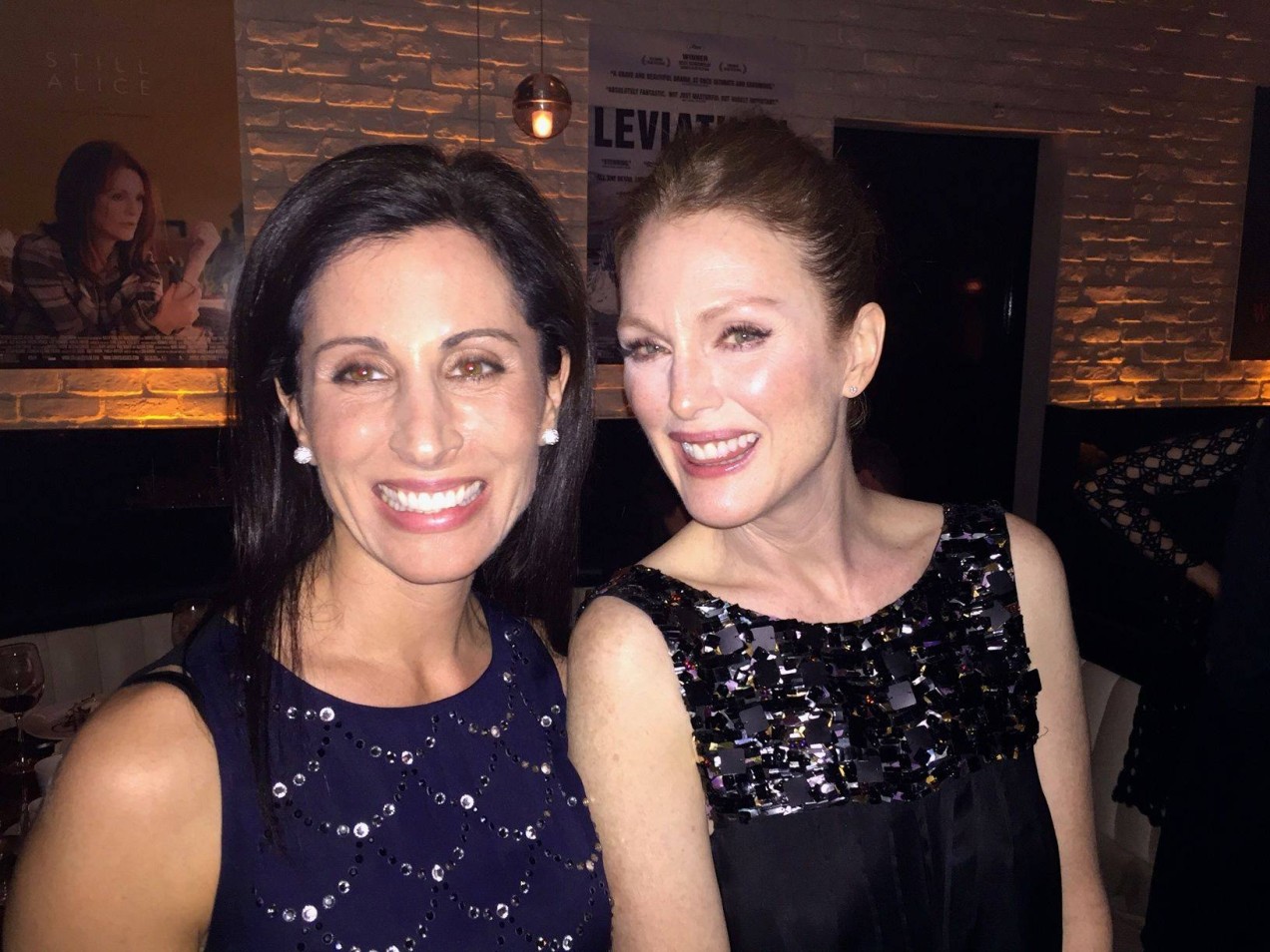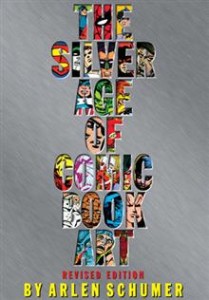“Still Alice” author Lisa Genova is living a dream. The night before the 87th Academy Awards, she posted a picture on her Facebook page all smiles, standing next to an ebullient Julianne Moore at a party hosted by Sony Entertainment. It’s an unusual setting for a Harvard-educated neuroscientist, to be sure, but perhaps an equally unlikely place to find a self-published author.
Long before Hollywood parties, celebrity meet and greets or a seat at the Academy Awards; Genova queried publishing’s gatekeepers, seeking a publisher for her novel, “Still Alice.” Agents and publishers alike told the unknown author the audience for a book about Alzheimer’s disease was too small. One agent even cautioned Genova that self-publishing her story would “kill her career.”
Despite that warning, Genova took the plunge and the book in 2007.
Fueled by her dedication to researching dementia and other neurological disorders, Genova tirelessly spread the word about her newly self-published work. Her diligence, and a little bit of luck, resulted in hitting the jackpot: a review in one of America’s top newspapers – The Boston Globe.
Beverley Beckham’s expectations for “Still Alice” were meager, but Alice’s story captured her: “It had arrived in the mail a week before; I’d promised to take a look and that’s all I was doing – just looking–but I couldn’t put it down,” Beckham wrote in her May 16, 2008 review for the Globe. Beckham led her piece with a ringing endorsement: “After I read ‘Still Alice’ I wanted to stand up and tell a train full of strangers, ‘You have to get this book.’
Fast forward to early 2009 – shortly after Beckham’s piece – a literary agent took another look and agreed to shop the novel and several publishers expressed interest. Simon & Schuster, owner of Archway Publishing, came to terms with Genova to acquire “Still Alice,” and to rerelease it through its Pocket Books imprint. Upon its 2009 rerelease, the book debuted high on the New York Times Bestseller List, where it would stay for more than 40 weeks.
In the ensuing years, Genova’s released two more bestsellers: “Left Neglected” and “Love Anthony,” becoming to novels about neurological disorders what John Grisham’s become to legal thrillers. The rise of Lisa Genova and “Still Alice” from self-publishing to silver screen feature film is not typical. Luck was part of the winning equation, but Genova did so much more to advance her book.
- She wrote about a specific topic about which she had vast knowledge and a deep personal passion.
- Despite warnings that her book’s appeal was too narrow, she developed and filled previously unrealized niche.
- She believed in her work, ignored negativity, and took the self-publishing plunge rather than letting her manuscript gather dust on the shelf.
- She was relentless. She networked, she spread the word. She convinced a reviewer from a prestigious outlet to glance at her book.
First and foremost though, Genova wrote an exceptional book; a book that is bringing attention and changing perceptions about a devastating condition.
And anyone who reads it will never, ever forget Alice.
– AWP –






